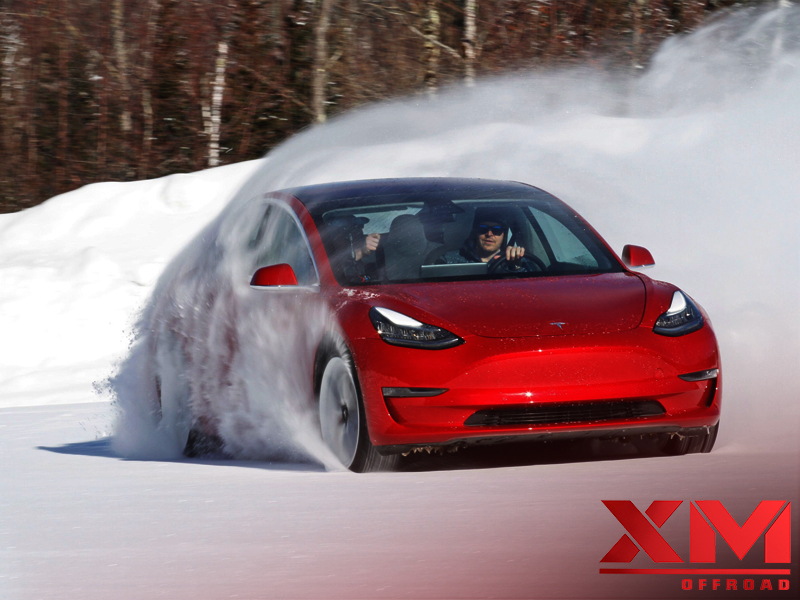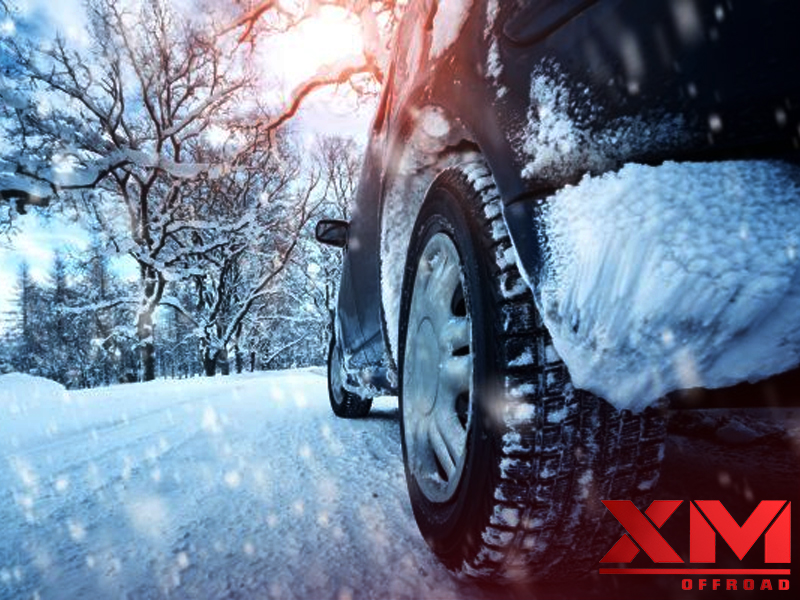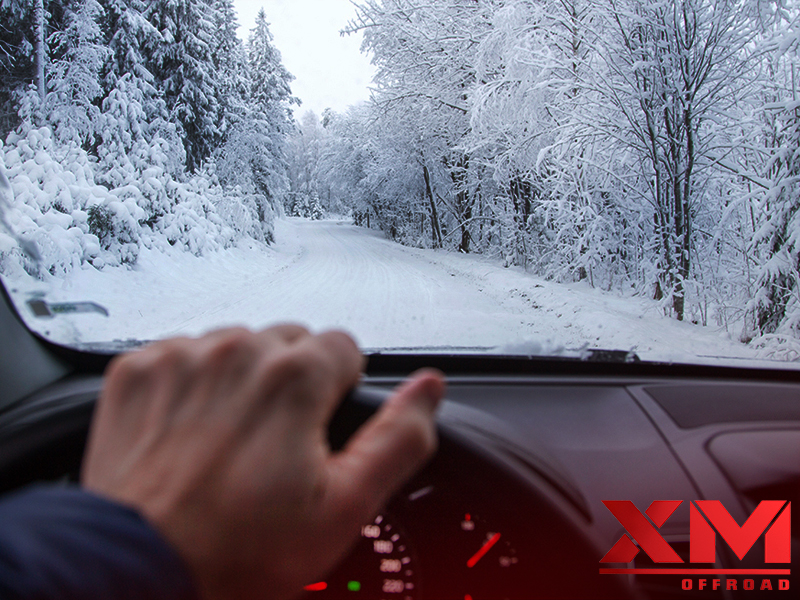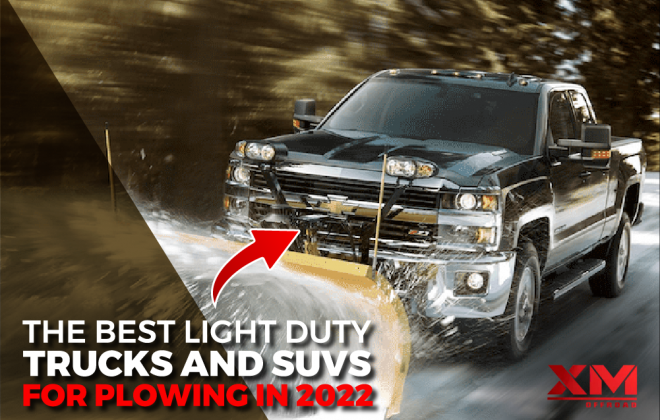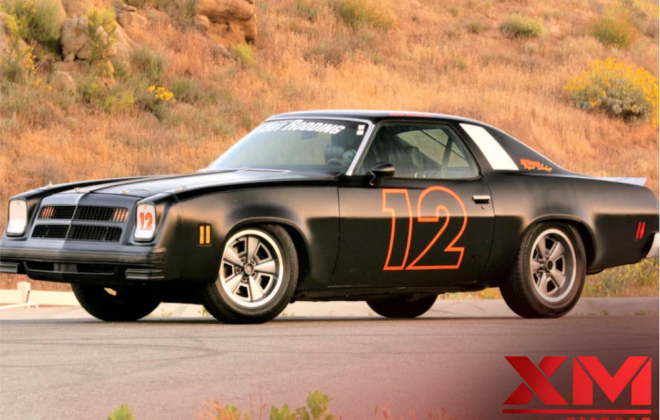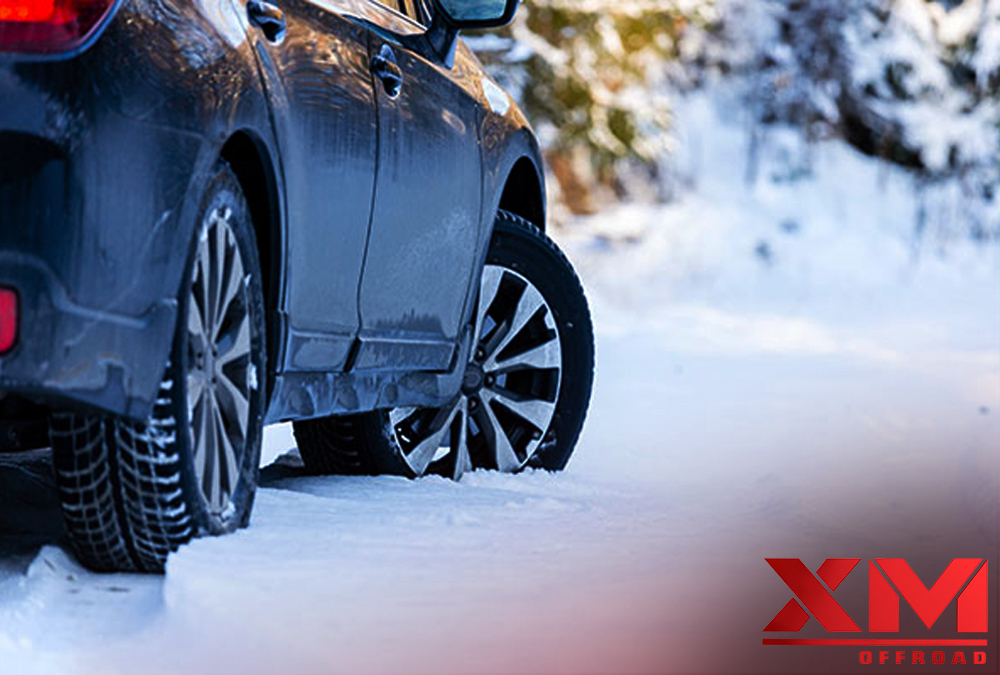
Driving in the Snow – Most 6 Common Mistakes You Should Avoid
Winter weather can be frustrating and dangerous. Driving in the snow requires more skill than usual, so drivers must be prepared for the worst.
Driving in the snow can be challenging for even the most experienced drivers. However, it’s important to remember that a little preparation can make your journey much more pleasant and safe.
One of the most common mistakes people make when driving in snow is slamming on their brakes too quickly. That’s because slamming on the brakes causes your tires to lose traction.
-
Driving Too Fast
When driving on snowy or icy roads, it is essential to slow down and drive carefully. Especially if you live in an area where winter weather can be frequent, this is essential to your safety and that of others on the road.
When drivers drive too fast, they risk being involved in a crash. This is because it takes them more time to stop when traveling at a higher speed.
To ensure you are driving safely, it is best to avoid distractions while you’re on the road. This includes looking at your phone and trying to multitask while driving, as it can rob you of precious reaction time.
To ensure you drive safely, increase your following distance to a minimum of five or six seconds. This will allow you more time to stop and avoid any accidents.
When driving on snowy roads, driving much slower than usual is best. It takes longer to slow down and stop in icy road conditions.
When it comes to accelerating, it’s also best to be careful. Accelerating too fast can cause you to lose traction, which could lead to a crash or skid. You can contact XM car rims for more practical information about safe driving.
Increasing your following distance to five or six seconds behind the vehicle ahead of you can also help you maintain control on the road. It’s also essential to brake gently so you don’t lose traction or slide out of your lane.
-
Gunning the Gas
There’s a reason that a smooth and controlled push on the gas pedal is considered the gold standard in snowy weather driving. When a driver tries to accelerate too quickly, it strains the engine and transmission and wastes fuel. MIT mechanical engineer John Heywood has shown that the proper way to accelerate can save about 10 percent of the fuel you would have needed to get there in the first place.
-
Not Keeping an Eye on the Road
The most crucial part of driving in the snow is paying close attention to what’s happening around you. Blocking for hazards like potholes and other road blemishes can save you time and money.
The best way to do this is by closely watching the radar screen or dashboard display. Luckily, most modern vehicles have sophisticated safety technology to alert you of potentially dangerous situations.
-
Not Using Your Headlights
Many people make the mistake of not using their headlights when driving in the snow. This can cause you to miss objects and prevent other drivers from seeing you.
Keep your headlights on low beam when driving in fog, rain, sleet, or snow. High beams reflect the light at you and cause glare, which makes it harder to see.
State law requires you to turn on your headlights when traveling in fog, rain, or snow. It also requires you to dim your headlights when approaching another vehicle in either direction to avoid blinding them.
-
Not Keeping Your Brakes
Driving in the snow can be dangerous, but it doesn’t have to be. With some planning and avoiding these common mistakes, you can be safe on the road this winter!
One of drivers’ most common mistakes in the snow is not keeping their brakes on. Skidding and slipping are common occurrences in winter weather, and the natural inclination is to slam on the brakes, but that makes it worse because your tires lose their grip.
-
Driving Too Closely
Following too closely can make you less safe on the road, especially when driving in snow. It can also decrease your reaction time if you need to brake suddenly, which may lead to a collision.
Instead, the police officer determines whether you are reasonable and prudent.
This can be difficult to determine, mainly when you have limited visibility and are on the road with poor lighting.
Keeping a safe distance can be challenging, especially when unfamiliar with the roads. But it is a necessary safety precaution to avoid a crash.
It’s easy to follow a vehicle too closely when not careful. This can be especially dangerous on icy roads, where skidding is more likely to occur and cause accidents.
Snow and ice can make driving very difficult, even dangerous. However, there are some things you can do to keep yourself and others on the road safe this winter.
One of the most common mistakes people make while driving in the snow is going too close to other cars. This is a dangerous mistake because it can lead to an accident.
To avoid this mistake, drive at least 10 times the distance you normally would on dry roads. This will give you more time to react and stop if something goes wrong.
Finally, don’t use your traction controls to make sudden stops. This can cause your car to lose traction and become uncontrollable.
-
Driving Too Fast With Four-Wheel Drive
The four-wheel drive system in your car is excellent for getting up and down slippery or muddy roads. However, you must be careful not to use it too often or without proper precautions.
Driving too fast while in 4WD can damage your vehicle and cause serious accidents.
Another thing to remember is that driving too fast with four-wheel drive can be dangerous when making a turn. This is because turning requires a difference in speed between the 20 inch wheels on either side of your vehicle, which can be challenging to achieve at high speeds.
If you cannot keep your speeds while in 4-wheel drive, try shifting into your lowest gear and gently feathering the gas pedal to inch your way out of a rut. This will save you money on fuel and reduce the wear and tear on your vehicle’s parts.
Conclusion
Considering these tips will help you navigate a snowy road safely this year. Remember to check the weather forecasts and traffic reports before heading out on the road to avoid an accident. And always be sure to have the right auto insurance coverage. To do so, use our auto insurance comparison tool.
Read Also: An Expert Buyer’s Guide to the Best Car Heart Rims
FAQs
What is the Best Solution for Driving in Snow?
The best solution for driving in snow is to use four-wheel drive or all-wheel drive.
AWD vehicles work well on slippery roads because all four wheels get power simultaneously. But they also require additional precautions, such as braking slowly and increasing your following distance.
What Should You Always Try to Avoid When Driving?
Texting and talking on the phone while driving can be dangerous. It takes your eyes off the road for about five seconds, enough time to cause a crash.
If you must send a text, call, or change the radio station while you’re driving, get off the road first and do it before you start moving. This will keep you from getting distracted and could save your life.
How Do I Overcome Winter Driving Anxiety?
People with winter driving phobia often experience an intense fear of driving in snow.
Fortunately, this condition is treatable with a variety of treatment options. These include exposure therapy and cognitive behavioral therapy (CBT).

